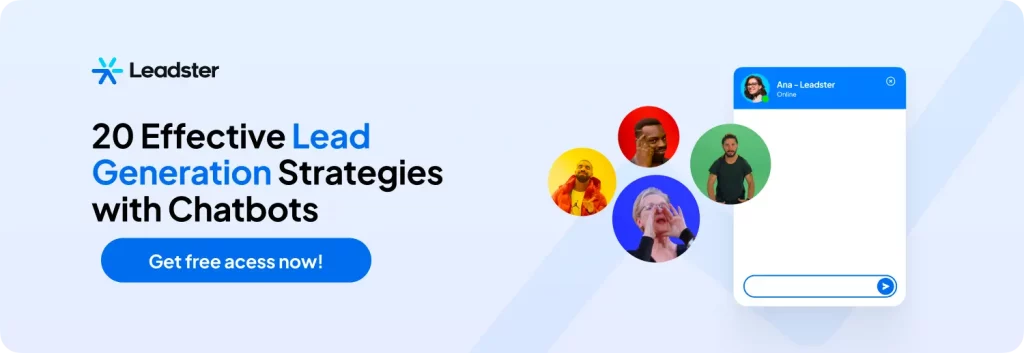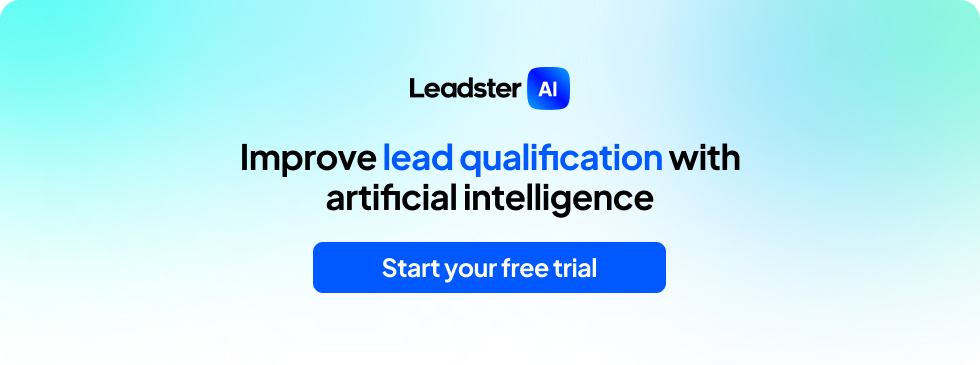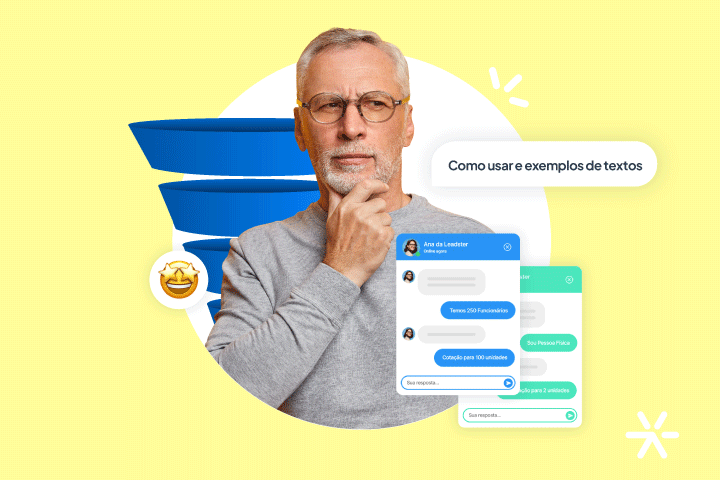Copywriting for Instagram: 14 Amazing Tips You Can Apply
If you’re not yet leveraging copywriting for Instagram, you might be missing out on potential revenue.
While this social network primarily focuses on images, it’s not solely used for sharing daily photos.
According to data from Statista, published by Oberlo, 83% of users utilize Instagram to discover new products and brands.
So, even though “a picture is worth a thousand words,” as the saying goes, compelling articles are indispensable in the sales process.
With that in mind, we’ve compiled 14 copywriting tips for Instagram to help boost your company’s results. Check them out!
What Is Copywriting for Instagram?

Copywriting is a form of writing focused on persuasion. Its goal is to prompt people to take immediate action.
The desired action varies according to the company’s strategies—it could be making a purchase, subscribing to a newsletter, initiating a conversation, engaging with content, etc.
Instagram is no different. Just as copy is used on websites, blogs, landing pages, and ads, this writing technique can be applied to post captions, stories, and even the bio.
Why Is Copy Important for Instagram?
Beyond aligning communication with your users and ensuring everyone is on the same page, copy for Instagram helps you stand out.
By using the right words, you capture your audience’s attention, engage them, and succeed when the user takes the desired action.
Another advantage of using copy on this social network is that the algorithm takes notice. This means Instagram’s algorithm rewards content with better engagement, providing even more reach.
Where Should I Use Copywriting on My Company’s Instagram?

Copy for Instagram shouldn’t be confined to post captions.
With that in mind, here are five areas where you should invest in copywriting:
1. Biography
The bio is the gateway to your profile. It’s where followers learn:
- Who you are;
- What you do;
- Who your audience is;
- What results you’ve achieved; and
- How you differ from the competition.
All within a 160-character limit.
The challenge here is to grab the reader’s attention with so few words.
Therefore, your copy should use powerful words, relevant emojis, demonstrate authority, and include a Call to Action (CTA).
2. Posts and Reels
These content formats appear in your Instagram feed. They aim to attract new followers and nurture, engage, and retain existing ones.
For each post and reel created, consider the funnel stage (top, middle, or bottom) the content addresses.
This approach allows you to interact easily with followers and provide a comprehensive experience by delivering complete and complementary content.
Also, alternate content types—not just image posts with captions, but also short and long videos.
Remember, your articles should be direct, informative, and always conclude with a CTA.
3. Stories
Stories are essential for strengthening your company’s relationship with the audience.
Your company can create storytelling where people get to know you better, and at the right moment, you introduce your product/service, possibly directing them to feed posts.
Use phrases like “click the link” and “tap the link in the bio” for your call to action.
4. Lives
Lives are like classrooms—they’re another opportunity to connect with your audience.
Therefore, create persuasive promotions for these events, highlight the importance of attending, and don’t miss the chance to craft a solid script for your video.
5. Highlights
Want people to view your account’s highlights? Then, know how to name them.
Think of this feature as your storefront.
Organize and clearly indicate to visitors what each highlight represents and why they should click on it.
3 Essential Copywriting Structures Ideal for Instagram

Copy structures help both the author and the reader understand the problem, available options, and how to solve it.
They act as a guiding thread for the line of reasoning encompassed by the copy.
Below, we’ll explore three essential copywriting structures for you to use on your Instagram. Check them out!
AIDA
Here’s an explanation of the AIDA method:
- A – Attention: Capture the visitor’s attention, making them aware of the offer
- I – Interest: Arouse the visitor’s interest;
- D – Desire: Evoke the customer’s desire for your product or service; and
- A – Action: Prompt an action, which could be subscribing to a newsletter, downloading an e-book, or completing a purchase.
Example:
“Only 5 products left in stock.”
PAS
Next is the PAS structure:
- P – Problem: Identify the visitor’s problem;
- A – Agitation: Stir emotions related to the problem; and
- S – Solution: Offer a solution.
Example:
“Tired of investing money without getting good lead conversions? Besides the wasted time, there’s no room for more important tasks?
We understand, which is why Leadster developed a tool based on conversational marketing to capture three times more leads!
Want to see how it works? Click on Learn More.”
PASTOR
Finally, we have PASTOR:
- P – Problem: Identify the user’s problem;
- A – Amplify: Show what could happen if the problem isn’t resolved;
- S – Solution: Present your product/service as the best resolution;
- T – Transformation: Demonstrate how your product/service will make a difference in the consumer’s life;
- O – Offer: Make the sale, presenting prices and conditions; and
- R – Response: Explain to the user what’s necessary to achieve the goal, always with the help of your product/service.
Example:
“Don’t know why your conversion rate is so low? And besides demotivating your team, you’re also losing money…
Leadster has the solution for you! With our chatbot, you’ll triple your site’s conversion. Moreover, you’ll qualify your leads 24/7, distribute them intelligently, and get real-time results.
You can test our platform for free for 14 days and then choose the plan that best suits your company.”

14 Ways to Use Copywriting for Instagram
To complement our strategic content on copy for Instagram, here are 14 tips on how to apply this technique to your company’s account.
1. Know Your Audience
To offer aligned communication, it’s essential to know your audience.
That means having answers to questions like:
- Who is your audience (age, gender, class, hobbies, etc.)?
- What bothers your persona?
- What are their desires, dreams, and how can your product help them?
- How does your persona communicate?
- Which channels do they use to obtain information?
With this information, your company will know which language to use and how to approach your followers.
2. Define Objectives
Do you already know which actions you want the user to take through your article?
Objectives vary according to company strategies. You might want to persuade someone to buy your product, visit your website, or engage with your post.
Just remember to align your objectives with the company’s goals and the audience’s interests.
3. Focus on Product Description and Specifics
Avoid leaving gaps that could lead to doubts about your products or services.
The more specific you are, the better your results, as the reader should feel that the article was crafted for them.
Show how your product will help the user, emphasizing its benefits.
4. The Beginning Is Crucial
The start of your copy is vital for the reader to decide whether to continue with your content.
Therefore, always begin with powerful words, and use intriguing information, data, and metrics that interest your audience.
5. Demonstrate Authority on the Subject
Invest in high-quality content that highlights your company and establishes it as an authority in the field.
Remember, this credibility must be built naturally—it can’t be forced or faked. Audiences can tell when something feels inauthentic.
You can also use phrases that help build authority, such as: “created by one of the world’s leading professionals” or “a product developed with cutting-edge technology.”
6. Address the Most Common Pain Points
In the very first tip, we talked about knowing your audience and their pain points. Well, that knowledge comes into play now!
By identifying the common problems your users face, you can craft articles that speak directly to them.
This is also the moment to position your product or service as the solution to those pain points—like a remedy that brings relief.
7. Use Emotion-Focused Rhetorical Questions
Rhetorical questions break the monotony of speech and allow your company to position itself as the solution to a proposed problem.
Some examples include: “Feeling nervous about implementing your chatbot for sales and marketing?”, “Wondering how to increase your sales in such a short time?”, “Stressed about not knowing how to generate B2B leads?”
8. Offer a Bonus
When a customer buys your product, what else—beyond the benefits already mentioned—can they receive?
Surprise your audience with bonuses. It’ll be a pleasant gift for your followers. Make it clear in your article that it’s an added benefit—a true “plus.”
9. Use Social Proof
Do you have success stories and great feedback? Add them to your upcoming articles.
It’s very common for users to look up your company before making a purchase. So, streamline that process for them—include social proof in your posts, reels, stories, and even in your highlights.
10. Build Great Storytelling
People love stories—especially those that are compelling and serve as examples.
So invest in articles with rich, engaging narratives using storytelling techniques to draw your audience in and keep them connected.
11. Use Mental Triggers
Mental triggers are an effective strategy to convince your audience to buy a product or take action.
You can apply the following psychological triggers:
- Scarcity
- Authority
- Social proof
- Community
- Reciprocity
- Beliefs
12. Use CTAs
We’ve already talked a lot about CTAs—calls to action—but it’s worth reinforcing.
A CTA is an indispensable part of your article for Instagram. It tells the user exactly what to do next.
You can use phrases like “click the link in the bio” or “tap the link and visit our website.”
13. Write Captions with Scannability
It’s no use writing overly long captions with no paragraph breaks or overly technical language.
Especially on Instagram, users are looking for short, clear, and direct articles.
So, opt for short phrases, well-punctuated sentences, small paragraphs, and even the use of emojis—they draw attention and are often self-explanatory.
14. Use Powerful Words
Throughout this article, we mentioned the use of “powerful words.” But what exactly are they?
Powerful words are simply stronger nouns and adjectives used to evoke emotional responses like happiness, excitement, frustration, etc.
Here are some examples:
- Great → Incredible
- Very good → Extraordinary
- Sad → Devastated
- Pretty → Stunning
- New → Surprising
And that brings us to the end of another strategic article designed to enhance your company’s content planning!
Besides Instagram, did you know there are other tools where copywriting can be applied? Chatbots are one of them.
This software can be fully customized for your business—meaning you can tailor your articles to boost lead generation even further.
Want to understand how it works? Try Leadster’s free demo now!








